Death in the Making: Photographs of War by Robert Capa, Atlas Gallery | reviews, news & interviews
Death in the Making: Photographs of War by Robert Capa, Atlas Gallery
Death in the Making: Photographs of War by Robert Capa, Atlas Gallery
Little quiet on the western front as the co-founder of Magnum shoots classic images of conflict
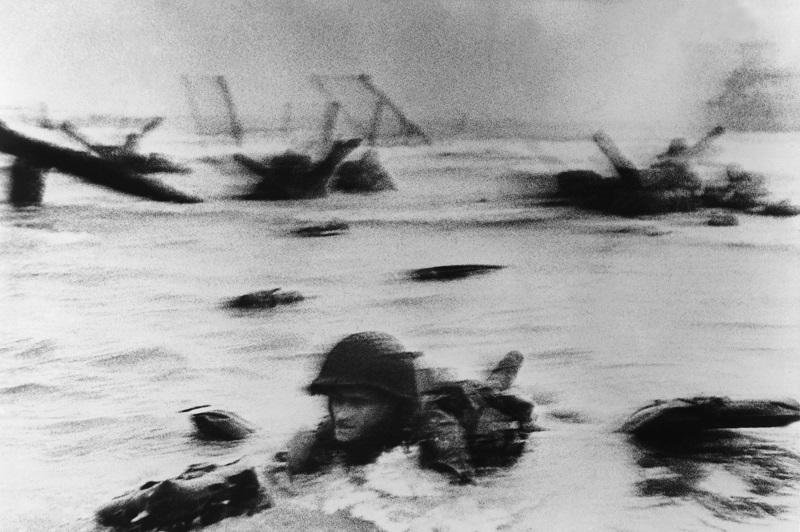
How writers change their tune. When Robert Capa died in Vietnam in 1954, having trodden on a landmine, Ernest Hemingway was chief among those paying tribute. “It is bad luck for everybody that the percentages caught up with him,” he wrote. “It is especially bad for Capa. He was so much alive that it is a hard long day to think of him as dead.” Spool back, however, to Omaha Beach, 69 years ago to the month, when they came under enemy fire.
It’s not quite right to say that Capa’s reputation rests on D-Day. After all, only 11 of the 106 frames he shot - the so-called Magnificent Eleven - survived a catastrophe in the London dark room where the rolls of film he sent back from the front were processed. It was from these splashy, blurred images, banged off in the surf as the bullets flew, that Spielberg really knew what invading Normandy in 1944 actually looked like. Prints of these unhappy few images are on show at a small gallery off Baker Street in London to which, if you can, you are urged to go. No need to shell out up to £6,000 for the privilege of owning one (prices varying according to rarity). Also on show are Capa’s images from the Spanish Civil War and others from the century’s upheavals. Like all the best pictures, they are worth a thousand words each.
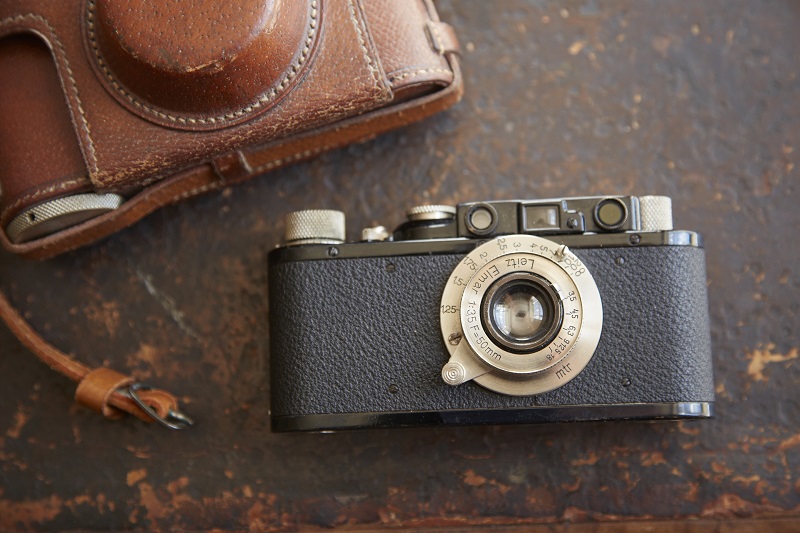 Capa was not really Capa. As explained in a magazine profile by John Hersey on display here, Hungarian-born Endre Friedmann and his girlfriend Gerda Taro jointly created the persona of an American photographer – his surname came from the Hungarian for “shark”. Taro, depicted here crouching behind a soldier on the front in Spain, was his distributor and contact with the outside world. She was no bad photographer herself, taking a heroic image of Capa in Segovia in 1937. His appearance exactly tallies with Hersey’s description: “short, swarthy and carrying itself as if braced for something, with spaniel eyes, a carefully cynical upper lip, and good luck in the whole face.” (Pictured above, Robert Capa's Camera, © Julia Bostock)
Capa was not really Capa. As explained in a magazine profile by John Hersey on display here, Hungarian-born Endre Friedmann and his girlfriend Gerda Taro jointly created the persona of an American photographer – his surname came from the Hungarian for “shark”. Taro, depicted here crouching behind a soldier on the front in Spain, was his distributor and contact with the outside world. She was no bad photographer herself, taking a heroic image of Capa in Segovia in 1937. His appearance exactly tallies with Hersey’s description: “short, swarthy and carrying itself as if braced for something, with spaniel eyes, a carefully cynical upper lip, and good luck in the whole face.” (Pictured above, Robert Capa's Camera, © Julia Bostock)
Capa’s photographs aren’t all of Sturm und Drang and combat. His first published image was of Trotsky haranguing from a Copenhagen podium. Capa’s reportorial eye had a feel for motion – Trotsky’s clawed hands seem to wave kinetically in front of you. Later in Spain you can all but see dispossessed refugees trudging disconsolately across his framed field of vision (oddly, always left to right). And Capa’s are intensely loud pictures too: rifles go off as Republication women volunteers do firing practice, or bereaved Neapolitan mothers clamour in the streets, bombs detonate, planes roar invisibly overhead, crowds huzzah in liberated Paris.
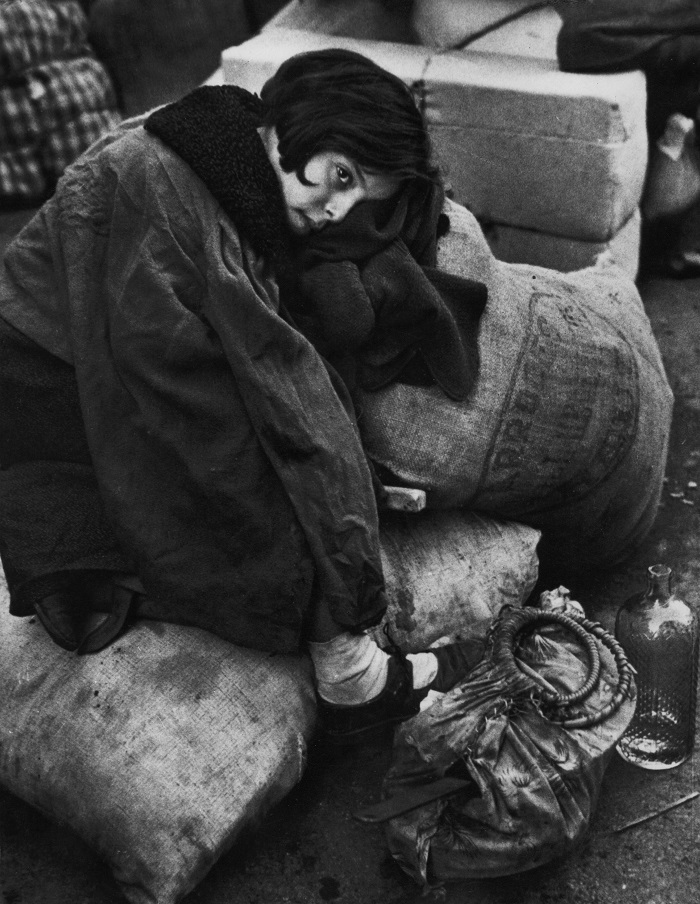 Amid all this he was capable of composing pictures of extraordinary stillness – of tiredness, sleep and, in one image in Berlin, death. (Pictured left, Little girl resting during the evacuation of the city, Barcelona, 1939 © Robert Capa/Magnum Photos). And in this relentless chronicle of disruption and dolour, there is redemption too in Italian children crowding around a GI or two young Republican volunteers sitting in the Barcelona sun, their teeth glistening as they laugh and talk perhaps of love – the rifle standing to attention in the young man’s hand hints as much (see gallery below).
Amid all this he was capable of composing pictures of extraordinary stillness – of tiredness, sleep and, in one image in Berlin, death. (Pictured left, Little girl resting during the evacuation of the city, Barcelona, 1939 © Robert Capa/Magnum Photos). And in this relentless chronicle of disruption and dolour, there is redemption too in Italian children crowding around a GI or two young Republican volunteers sitting in the Barcelona sun, their teeth glistening as they laugh and talk perhaps of love – the rifle standing to attention in the young man’s hand hints as much (see gallery below).
Mystery surrounds the celebrated image which established Capa’s international reputation. Loyalist Militiaman at the Moment of Death, Cerro Muriano, September 5, 1936, also known as The Falling Soldier, possibly didn’t record an actual death and, according to a Japanese documentary broadcast earlier this year, is almost certainly the work of Taro. Capa would remain notably reticent about it, and as she was killed in a collision with a tank in Spain in 1937, she took the secret to the grave.
If indeed it was staged, it belongs in a not entirely dishonourable tradition of wartime propaganda briefly illustrated in this same exhibition. There are 11 images by Soviet war photographer Dimitri Baltermans, dating from the German invasion of 1941 through to the conquest of Berlin, when Baltermans and Capa would have been pounding the same streets. His photoshopped incitements to heroism have all the hallmarks of socialist realist sentimentality, but others feel more like dramatic reports from the front in the journalistic 19th-century tradition of Vereshchagin. Compare and contrast.
- Death in the Making: Photographs of War by Robert Capa at the Atlas Gallery until 6 July
Click on the images to enlarge
Explore topics
Share this article
The future of Arts Journalism
You can stop theartsdesk.com closing!
We urgently need financing to survive. Our fundraising drive has thus far raised £49,000 but we need to reach £100,000 or we will be forced to close. Please contribute here: https://gofund.me/c3f6033d
And if you can forward this information to anyone who might assist, we’d be grateful.

Subscribe to theartsdesk.com
Thank you for continuing to read our work on theartsdesk.com. For unlimited access to every article in its entirety, including our archive of more than 15,000 pieces, we're asking for £5 per month or £40 per year. We feel it's a very good deal, and hope you do too.
To take a subscription now simply click here.
And if you're looking for that extra gift for a friend or family member, why not treat them to a theartsdesk.com gift subscription?
more Visual arts
 'We are bowled over!' Thank you for your messages of love and support
Much-appreciated words of commendation from readers and the cultural community
'We are bowled over!' Thank you for your messages of love and support
Much-appreciated words of commendation from readers and the cultural community
 Folkestone Triennial 2025 - landscape, seascape, art lovers' escape
Locally rooted festival brings home many but not all global concerns
Folkestone Triennial 2025 - landscape, seascape, art lovers' escape
Locally rooted festival brings home many but not all global concerns
 Sir Brian Clarke (1953-2025) - a personal tribute
Remembering an artist with a gift for the transcendent
Sir Brian Clarke (1953-2025) - a personal tribute
Remembering an artist with a gift for the transcendent
 Emily Kam Kngwarray, Tate Modern review - glimpses of another world
Pictures that are an affirmation of belonging
Emily Kam Kngwarray, Tate Modern review - glimpses of another world
Pictures that are an affirmation of belonging
 Kiefer / Van Gogh, Royal Academy review - a pairing of opposites
Small scale intensity meets large scale melodrama
Kiefer / Van Gogh, Royal Academy review - a pairing of opposites
Small scale intensity meets large scale melodrama
 Jenny Saville: The Anatomy of Painting, National Portrait Gallery review - a protégé losing her way
A brilliant painter in search of a worthwhile subject
Jenny Saville: The Anatomy of Painting, National Portrait Gallery review - a protégé losing her way
A brilliant painter in search of a worthwhile subject
 Abstract Erotic, Courtauld Gallery review - sculpture that is sensuous, funny and subversive
Testing the boundaries of good taste, and winning
Abstract Erotic, Courtauld Gallery review - sculpture that is sensuous, funny and subversive
Testing the boundaries of good taste, and winning
 Edward Burra, Tate Britain review - watercolour made mainstream
Social satire with a nasty bite
Edward Burra, Tate Britain review - watercolour made mainstream
Social satire with a nasty bite
 Ithell Colquhoun, Tate Britain review - revelations of a weird and wonderful world
Emanations from the unconscious
Ithell Colquhoun, Tate Britain review - revelations of a weird and wonderful world
Emanations from the unconscious
 Rachel Jones: Gated Canyons, Dulwich Picture Gallery review - teeth with a real bite
Mouths have never looked so good
Rachel Jones: Gated Canyons, Dulwich Picture Gallery review - teeth with a real bite
Mouths have never looked so good
 Yoshitomo Nara, Hayward Gallery review - sickeningly cute kids
How to make millions out of kitsch
Yoshitomo Nara, Hayward Gallery review - sickeningly cute kids
How to make millions out of kitsch
 Hamad Butt: Apprehensions, Whitechapel Gallery review - cool, calm and potentially lethal
The YBA who didn’t have time to become a household name
Hamad Butt: Apprehensions, Whitechapel Gallery review - cool, calm and potentially lethal
The YBA who didn’t have time to become a household name

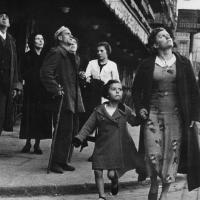



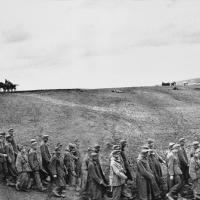

Add comment